WARNING: THIS AIRCRAFT IS NOT RECOMENDED TO BE FLOWN IN MOBILE DIVICES , DUE ERRORS ON THE LANDING GEAR SYSTEM (not apperaing on the AG groups list) I MIGHT MADE A MOBILE VERSION SOON
The Hawker Hunter is a transonic British jet-powered fighter aircraft that was developed by Hawker Aircraft for the Royal Air Force (RAF) during the late 1940s and early 1950s. It was designed to take advantage of the newly developed Rolls-Royce Avon turbojet engine and the swept wing, and was the first jet-powered aircraft produced by Hawker to be procured by the RAF. On 7 September 1953, the modified first prototype broke the world air speed record for aircraft, achieving a speed of 727.63 mph (1,171.01 km/h; 632.29 kn).
The single-seat Hunter was introduced to service in 1954 as a manoeuvrable day interceptor aircraft, quickly succeeding first-generation jet fighters in RAF service such as the Gloster Meteor and the de Havilland Venom. The all-weather/night fighter role was filled by the Gloster Javelin. Successively improved variants of the type were produced, adopting increasingly more capable engine models and expanding its fuel capacity amongst other modifications being implemented. Hunters were also used by two RAF display teams: the "Black Arrows", who on one occasion looped a record-breaking 22 Hunters in formation, and later the "Blue Diamonds", who flew 16 aircraft. The Hunter was also widely exported, serving with a total of 21 overseas air forces.
During the 1960s, following the introduction of the supersonic English Electric Lightning in the interceptor role, the Hunter transitioned to being operated as a fighter-bomber and for aerial reconnaissance missions, using dedicated variants for these purposes. Two-seat variants remained in use for training and secondary roles with the RAF and the Royal Navy until the early 1990s. Sixty years after its original introduction it was still in active service, being operated by the Lebanese Air Force until 2014.
The Hunter saw combat service in a range of conflicts with several operators, including the Suez Crisis, the Aden Emergency, the Sino-Indian War, the Indo-Pakistani War of 1965, the Indo-Pakistani War of 1971, the Rhodesian Bush War, the Second Congo War, the Six-Day War, the War of Attrition and the Yom Kippur War. Overall, 1,972 Hunters were manufactured by Hawker Aircraft and its successor, Hawker Siddeley, as well as being produced under licence overseas. In British service, the Hunter was replaced in its principal roles by the Lightning, the Hawker Siddeley Harrier and the McDonnell Douglas F-4 Phantom II.
M.A.U lore about Hawker hunter:
bought in the late 50's for the WoF , TRM ordered 10 initial ones for testing after the tests where sucessfull TRM ordered 2000 more aircaft and Merso.aerospace bought the buildin licesnce building and mordenizing teh aircraft on M.A.U the aircraft saw combat on all of Merso's wars after the 60's and by 2020 they have been modernized with better engines , missiles , systems and a bit of stealth technology , by 2021 there is no plan of retiring the aircraft.
controls:
AG-1=landing gear sytem
AG-2=Droge chute system
Slider-1= flaps
builders note: here it is , the hawker hunter , the last one , the definitive edition , the supreme huntersito.
almost 2 years of building them this is prob the last one , i'm satisfied with the ending result and how i said this will be prob the last one ill make. enjoy it
PICTURES:


GENERAL INFO
- Predecessor: FGA.9 1
- Successors 1 craft(s)
- Created On: Windows
- Game Version: 0.9.704.0
- Price: $17,430k
- Number of Parts: 1753
- Dimensions: 4 m x 10 m x 14 m
PERFORMANCE
- Total Delta V: 0m/s
- Total Thrust: 0N
- Engines: 1
- Wet Mass: 18,219kg
- Dry Mass: 11,129kg
STAGES
| Stage | Engines | Delta V | Thrust | Burn | Mass |
|---|---|---|---|---|---|
| 2 | 1 | 0m/s | 0N | 0s | 18,217kg |
20 Comments
- Log in to leave a comment
-
-
100 Tang0five+1 2.2 years ago
Looks incredible, I’m quite new to SR2 is it easier to build complex shapes like wings etc than in SP?
-
-
-
-
-
-
-
-
-
-
-
-
-
-
-
-
-

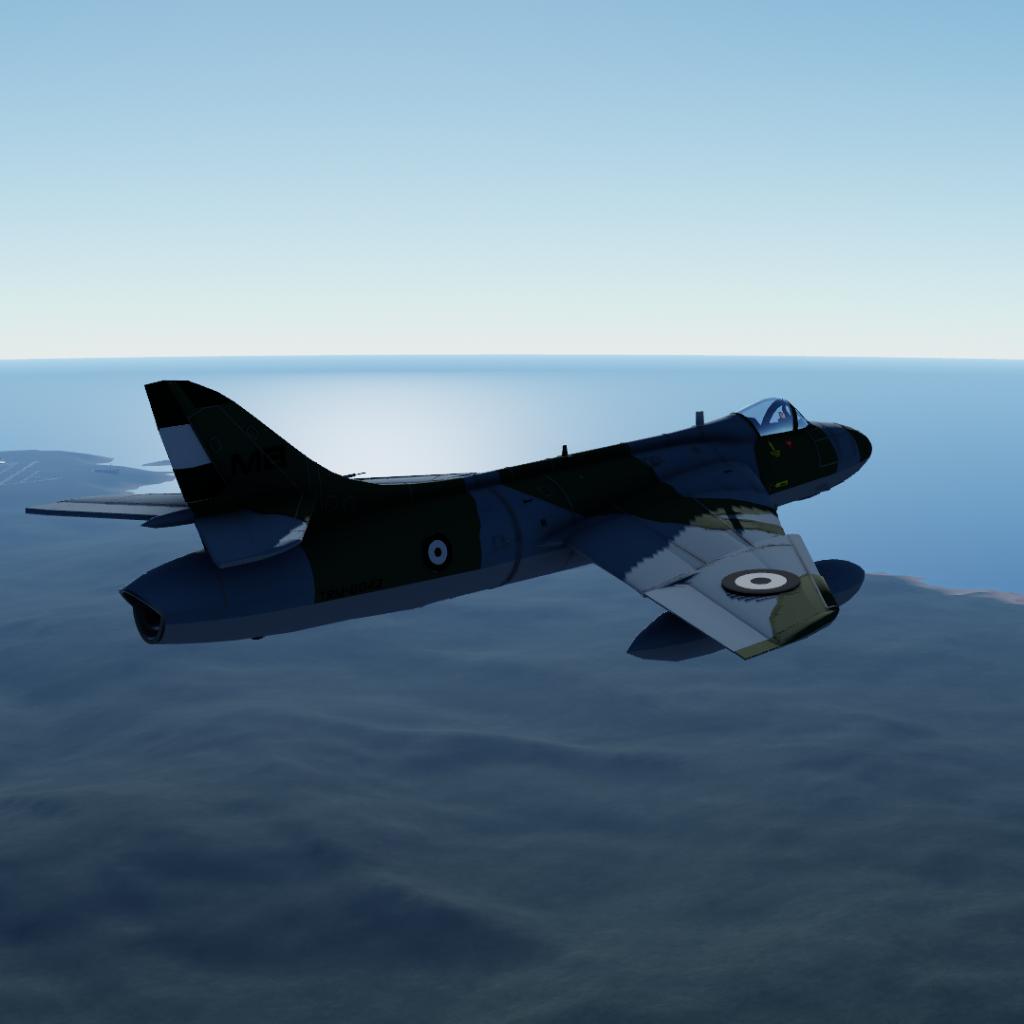
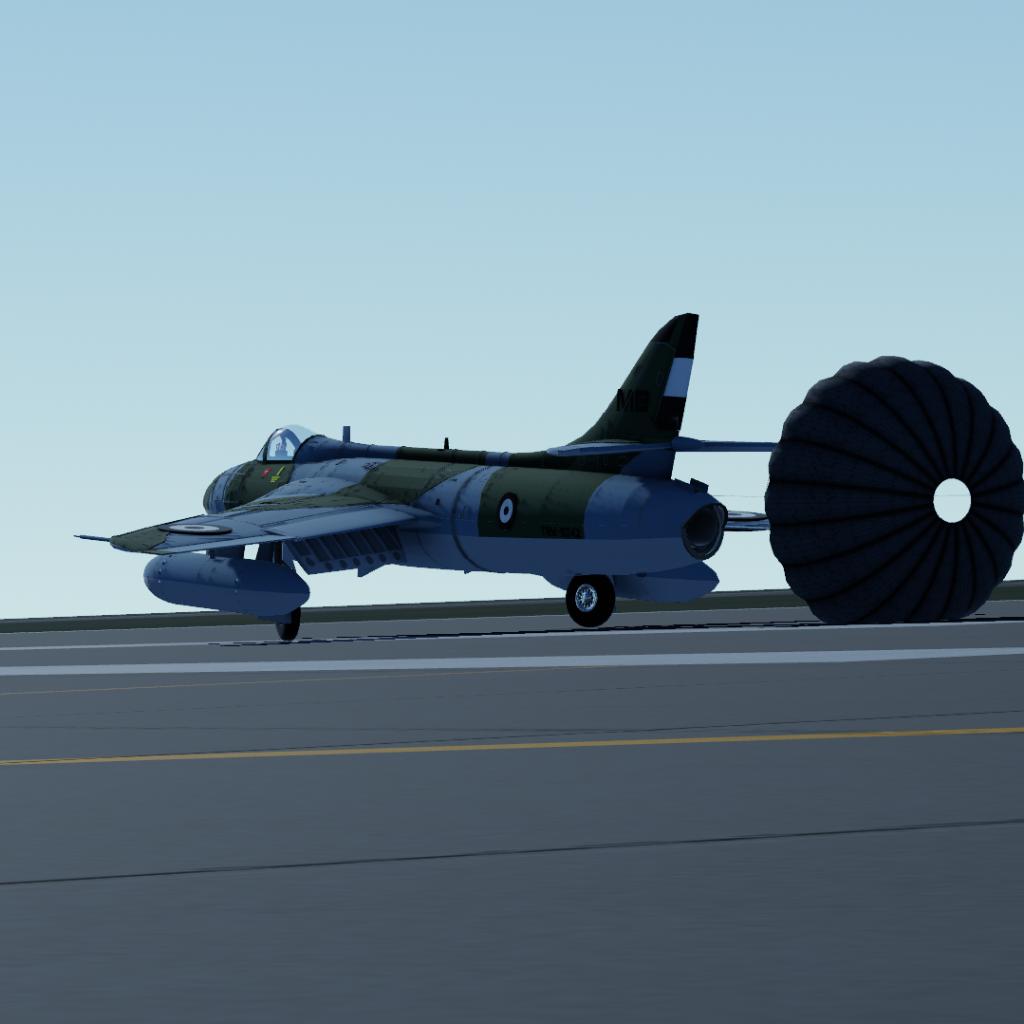
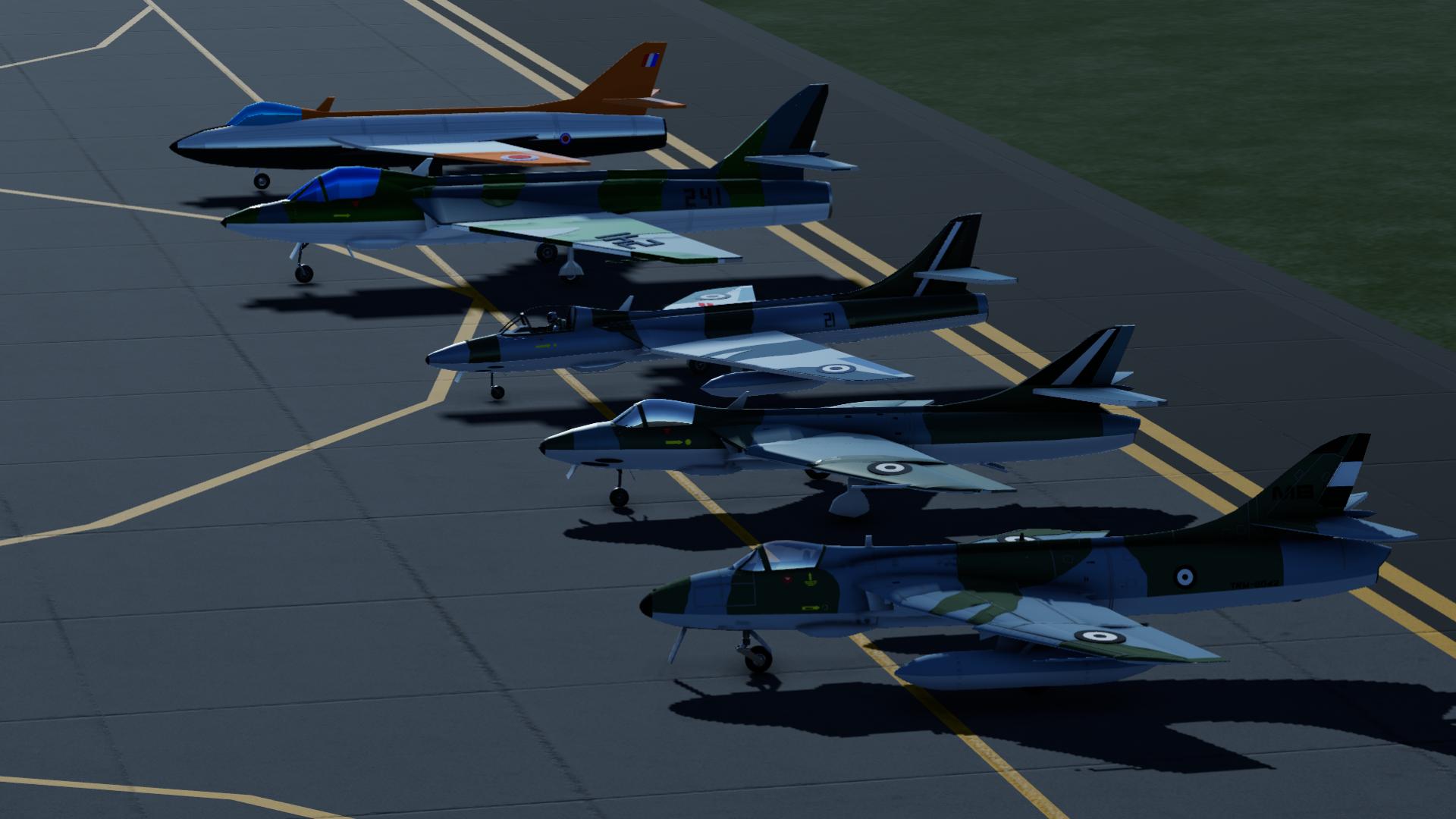
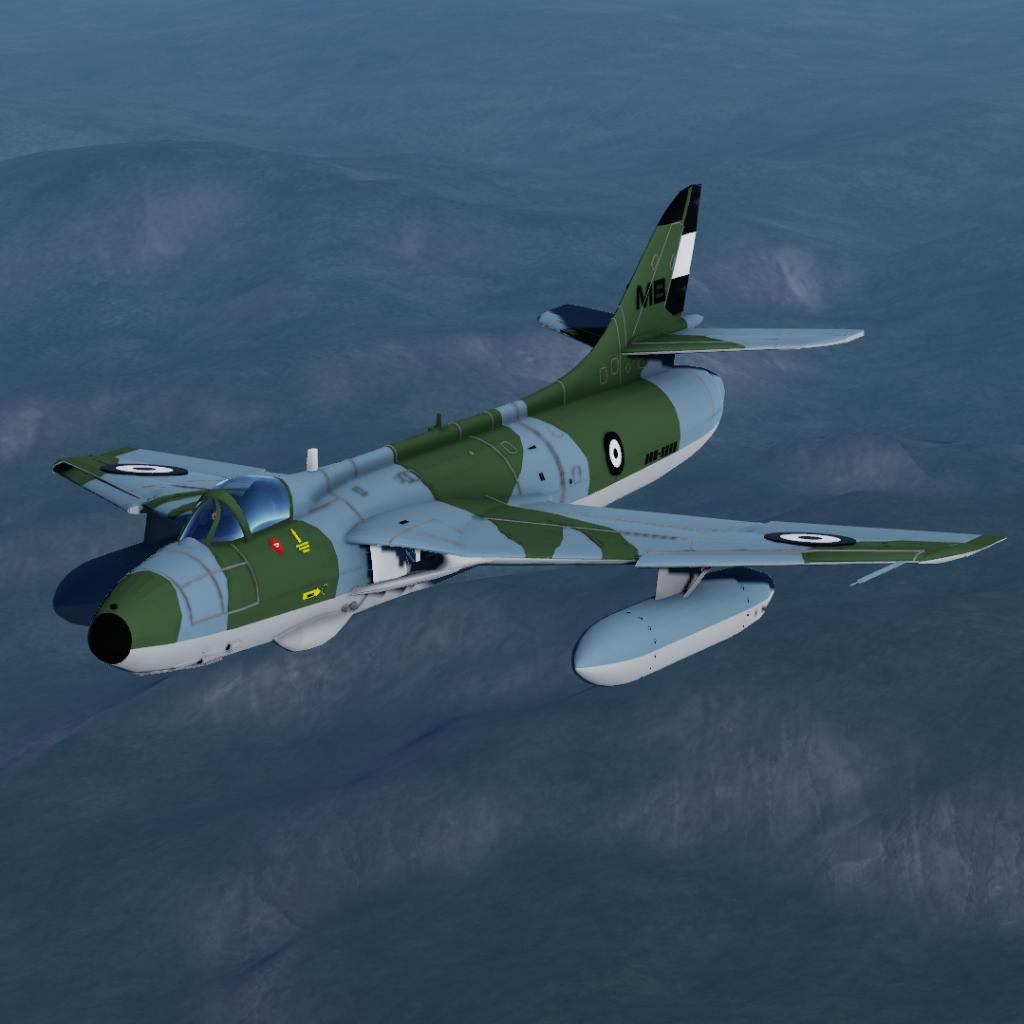
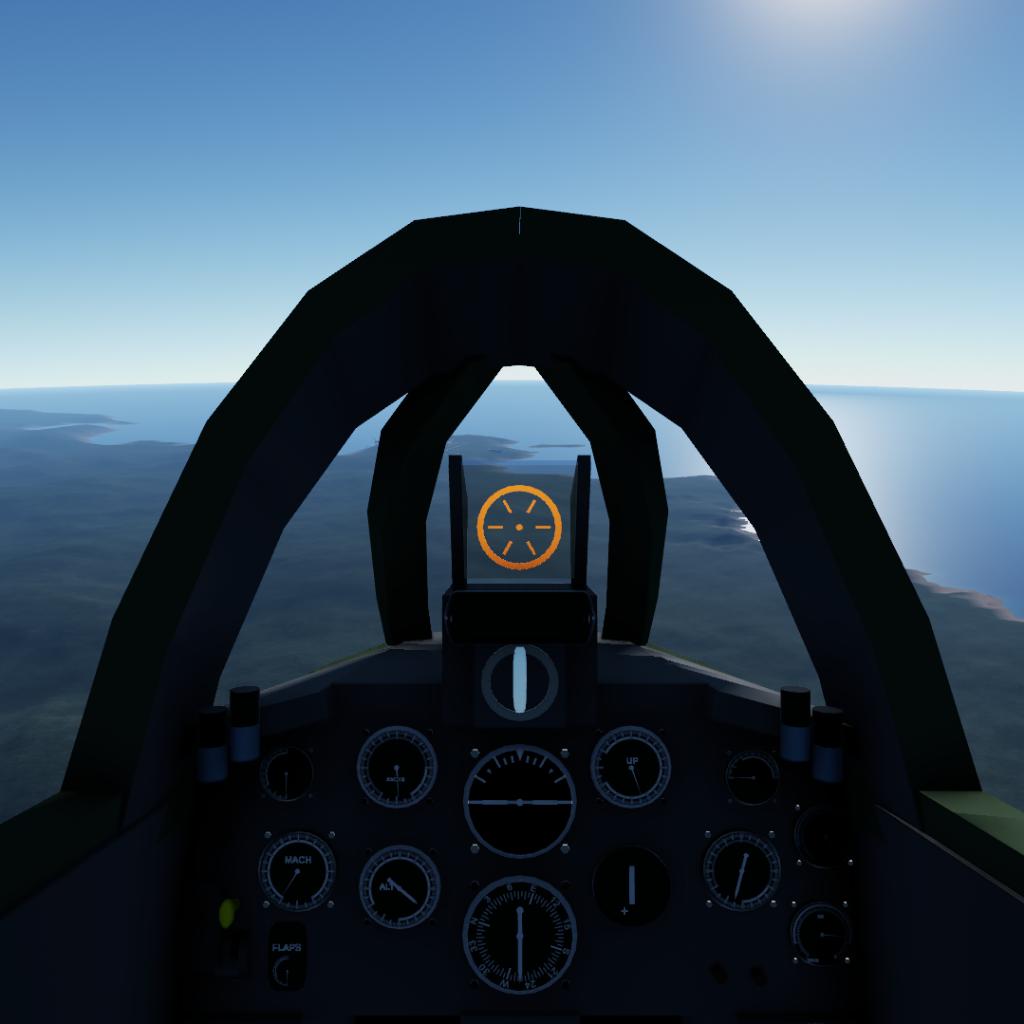

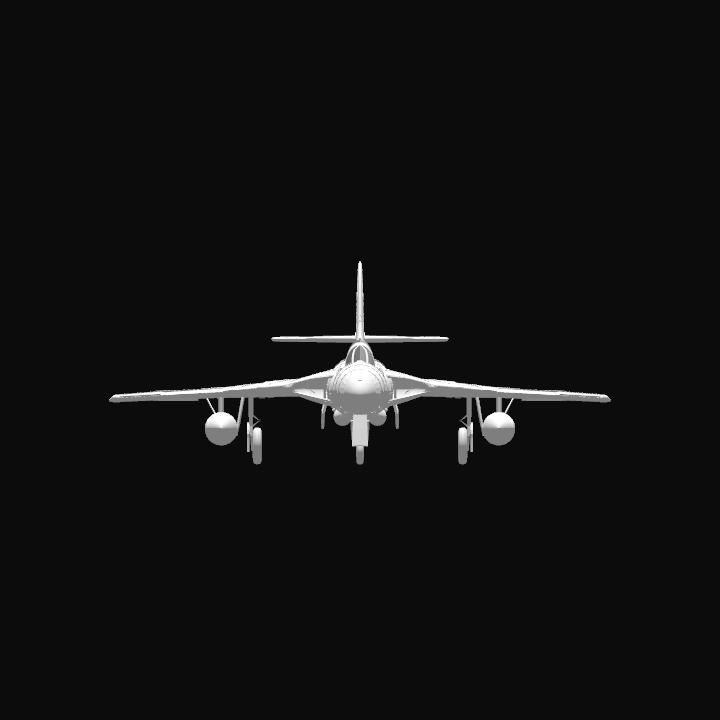
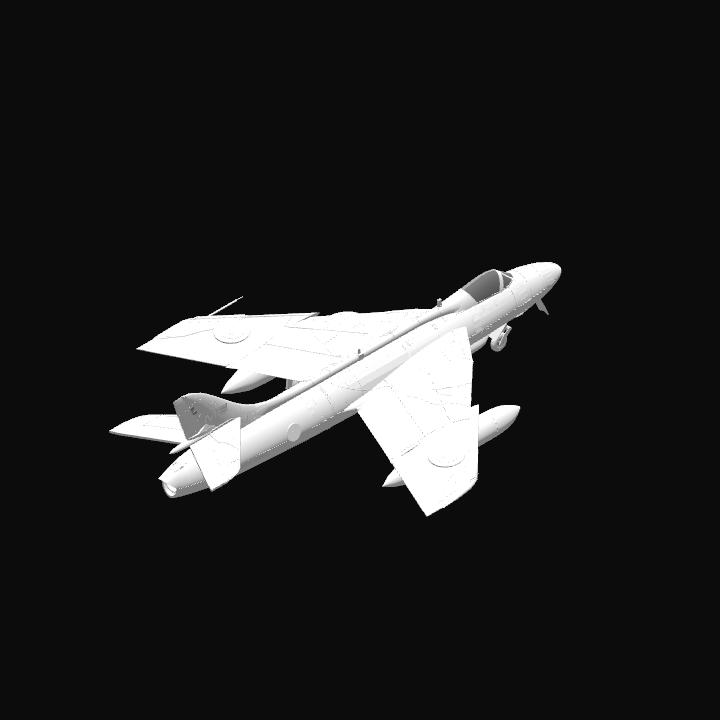
That’s a shame, I find wings the hardest thing to get somewhere semi decent, why they couldn’t just round off the edges on the wing parts I don’t know!! Cracking job with this btw! @FoxtrotTheSergal